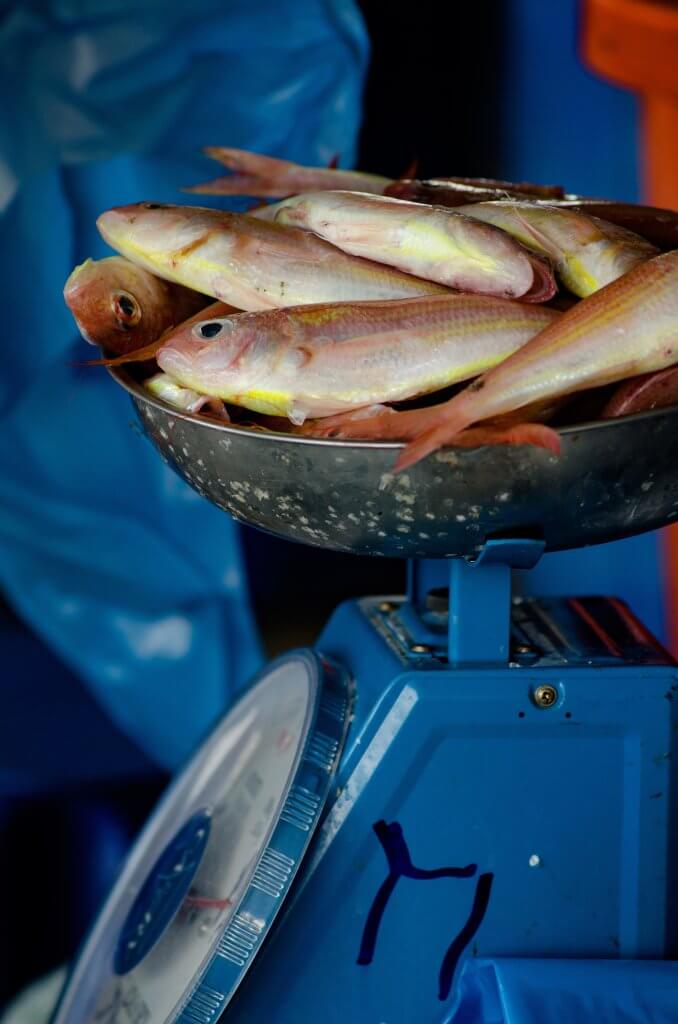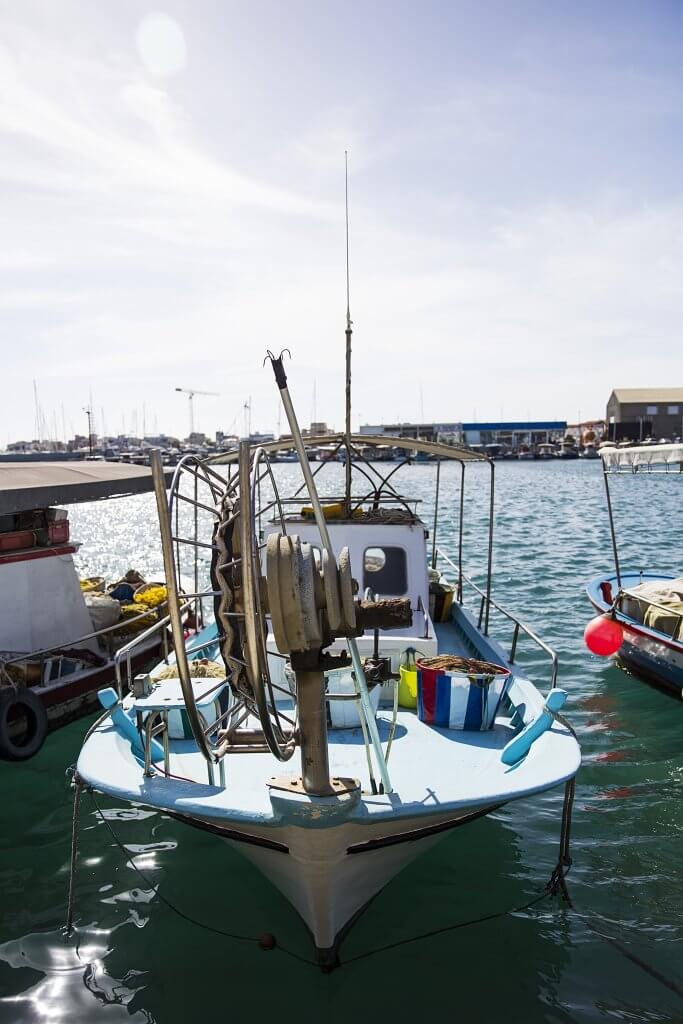Understanding the future can help inform better informed decisions in the present. Climate change is expected to alter, and is already affecting, the environments within which fisheries take place. Relatedly, future socio-economic scenarios (shaping different hypotheses of fuel and fish price in combination with climate impact) will also have implications for fisheries. Understanding these impacts in combination is crucial to informing, implementing and sustaining effective Ecosystem Based Fisheries Management (EBFM).
As part of our Social and Economic Effects of and on Fishing theme, integrating climate change and incorporating enhanced economic and productivity submodels, this research explored the impact of alternative future scenarios, under a range of alternative management scenarios, with a specific focus on the impacts of management measures based on selectivity changes and new spatial closures based on previous research.

This report explores the impacts of different future socio-economic scenarios – varying in climate change impact, fuel and fish price – combined with management scenarios, with a specific focus on the impacts on small- and large-scale fleets across our four Case Study regions. The four socioeconomic scenarios are as follow:
Models developed as part of the project were adjusted to the above scenarios, with specific management measures applied at case level. The socio-economic impacts of management measures were evaluated for the different scenarios through the following indicators:

In the Bay of Biscay, implementation of the Landing Obligation led to an overall increase in GVA, with positive impacts across all scenarios, with potentially negative impacts on account of spatial measures mitigated by the positive impact of socio-economic scenarios with, for example, higher first sales prices. There were notable differences in carbon emissions between small- and large-scale fisheries, the latter increasing steadily over time, highlighting the need for dedicated efforts to reduce emissions in these fleets.
In the Celtic Sea we explored the effects of altering fleet structure by halving bottom trawl effort and increasing static gear effort by factors of 2, 5 and 10; changes which generally led to improved demersal catches without compromising biomass.
Gear modifications in the North Sea delayed choke risk for fleets in Landing Obligation scenarios, reducing catches of young roundfish while better utilising flatfish quotas. The consequent increase in fish prices meant that despite the higher fuel usage and costs demanded by increased fishing effort, positive economic outcomes were reported for both small- and large-scale fleets.
We observed positive trends in carbon emissions in the Central Mediterranean (Adriatic and Western Ionian) under the ‘Local stewardship’ scenario, particularly in small-scale fleets. Gear modifications aimed at improving selectivity led to medium- and long-term economic gains.
The findings of this report expand the economic components of the bio-economic models presented in our Report on carbon footprint, economic and social impacts of management strategies, further improving the evaluation of the socio-economic impact of fishing in a changing climate and providing additional insights on the carbon cycle.
Read the full report here.
Stay up to date with SEAwise news and research, hear about upcoming events, and receive updates on fisheries news from across the European seascape.